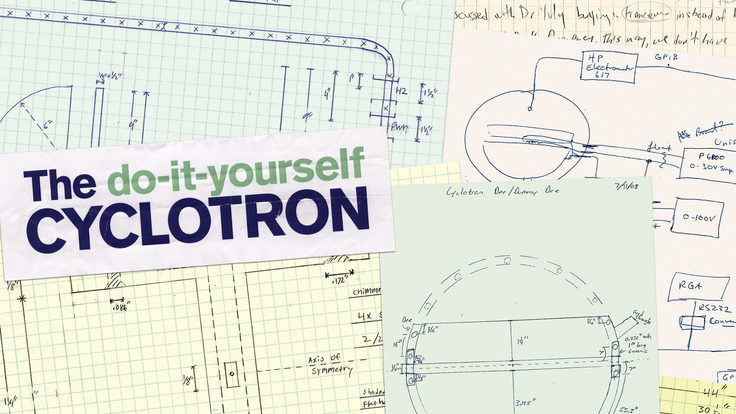Heike Kamerlingh Onnes discovered superconductivity in 1911, when he cooled mercury to near-absolute zero and found its electrical resistance disappeared. However, when he wound superconducting lead wire into a coil and ran current through it to generate a magnetic field, the superconductive property vanished at magnetic fields only a few times stronger than that of a refrigerator magnet.
In 1954, G.B. Yntema at the University of Illinois and, in 1959, Stanley Autler at MIT, independently wound superconducting coils with cold-worked niobium and produced magnetic fields close to 10 kilogauss, an order of magnitude higher than before. The gauss race was on. The prize went to metallurgist John E. Gene Kunzler, whose group at Bell Labs produced 15 kilogauss using an alloy of molybdenum-rhenium. Kunzler filed for a patent (see image) on September 19, 1960, beating Autlers patent filing by 15 days. Kunzlers patent was issued first, on April 14, 1964.
Those tiny, primitive magnets were, of course, terribly unstable, John Hulm, who led a Westinghouse group, said in a 1982 talk. One had to have faith to believe that these erratic toys of the low temperature physicist would ever be of any consequence as large engineered devices.
The construction of Fermilabs Tevatron accelerator in the 1970s—with 1020 magnets containing enough superconducting wire to circle the Earth 2.3 times—created a new industry that went on to supply wire and cable for an emerging medical technology that also needed powerful superconducting magnets: magnetic resonance imaging, or MRI.








